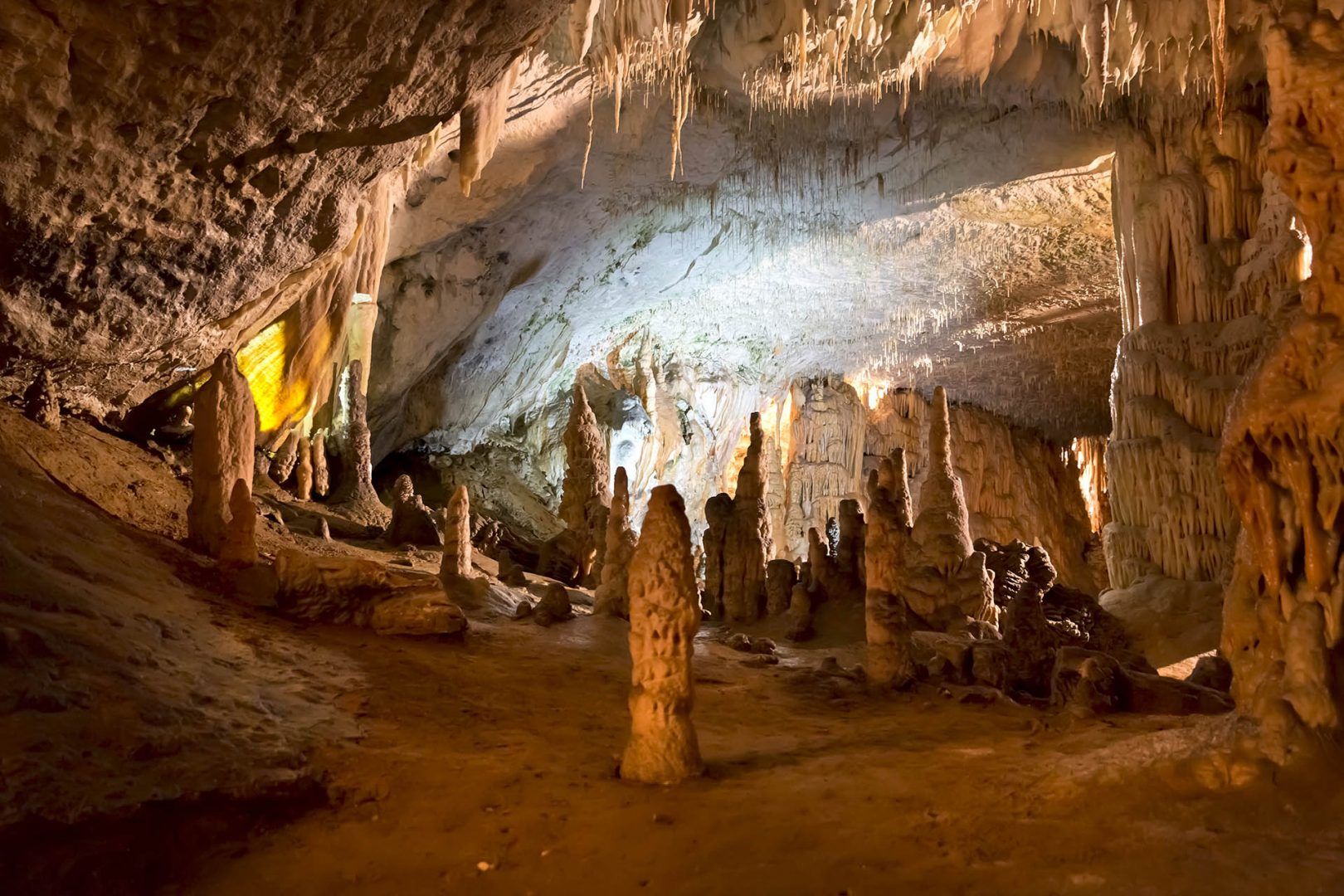- Activity
- Nature & Wildlife
- Authentic Experiences
- National Parks & Reserves
- History Culture Heritage
- Europe
- Slovenia
- Ljubljana
- Ptuj
- Piran
- Inspiration
- See & Do
- Where to stay
Planning your own trip? Prepare for your trip
Use Rough Guides' trusted partners for great rates
Travel advice for Slovenia
From travel safety to visa requirements, discover the best tips for visiting Slovenia

















